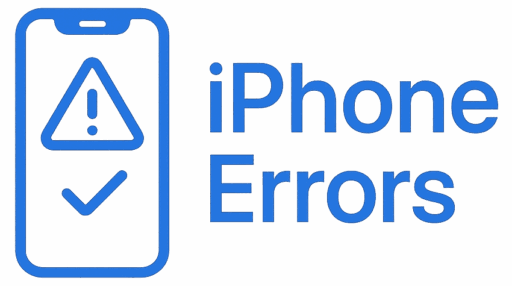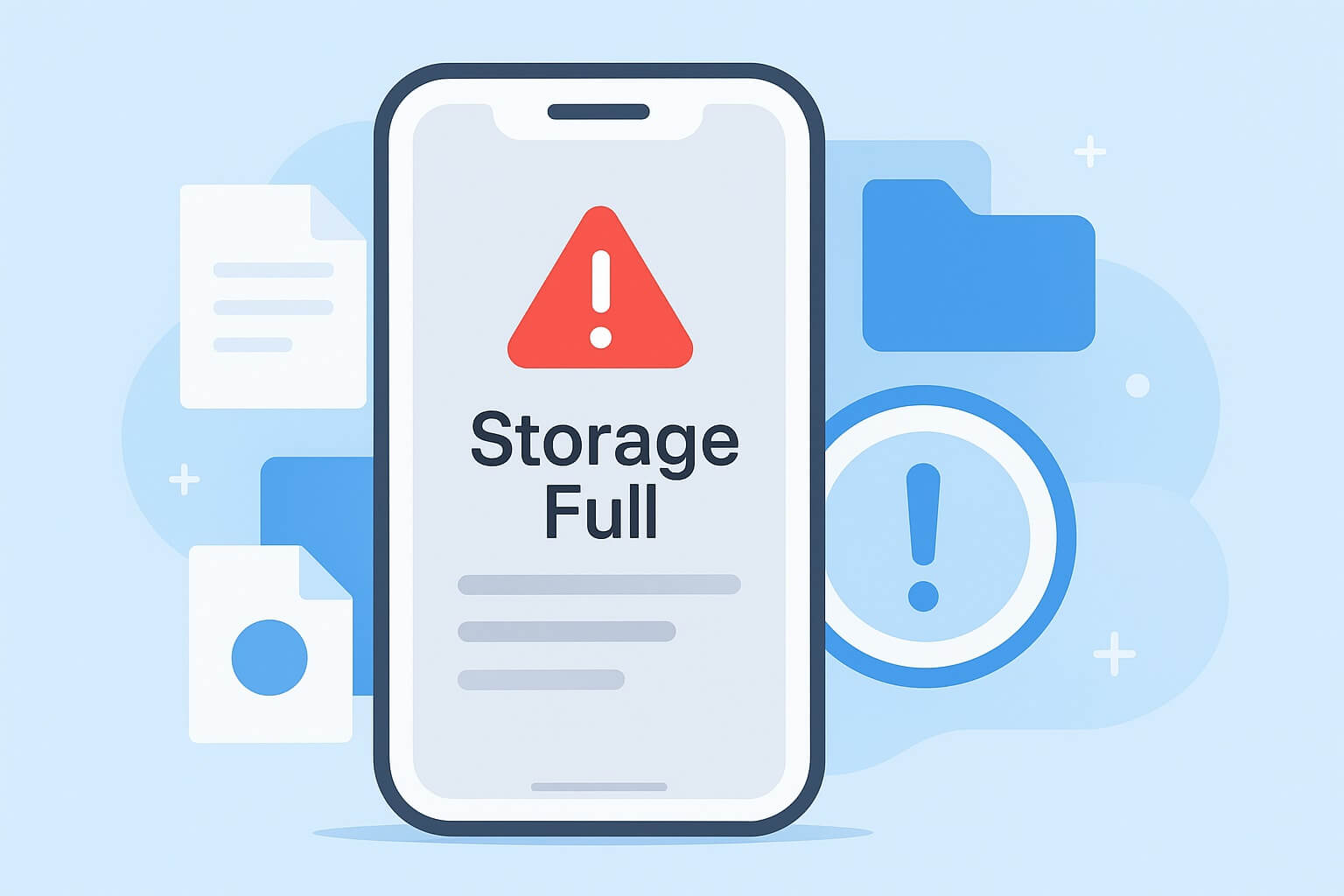You open your iPhone settings, check your storage, and—somehow—it’s completely full, even though you’ve deleted almost everything. Photos? Gone. Apps? Minimal. Yet the dreaded message appears:
“iPhone Storage Almost Full.”
If that sounds familiar, you’re not alone. Many iPhone users on iOS 26 and iOS 25 have reported that their iPhones show full storage even when there’s “nothing” on the device.
In this 2025 guide, we’ll explain why your iPhone storage is full, what “System Data” really is, and how to clear hidden files, logs, and caches safely.
🔹 Why Does iPhone Say “Storage Full” When There’s Nothing on It?
1. “System Data” or “Other Storage” Taking Up Space
Apple’s “System Data” (previously labeled as “Other”) stores caches, logs, updates, Siri voices, and more. Over time, it can grow uncontrollably — sometimes taking tens of gigabytes.
Fix:
- Go to Settings → General → iPhone Storage.
- Check the “System Data” bar.
- Restart your iPhone — temporary cache often clears automatically.
Tip: Connecting your iPhone to a Mac and performing a full backup + restore can clear bloated system files safely.
2. iCloud Photos & Local Thumbnails
Even if you delete photos, cached thumbnails and iCloud sync data can remain on the device.
Fix:
- Go to Settings → Photos.
- Toggle Optimize iPhone Storage ON.
- Then open Recently Deleted and clear it manually.
3. iMessage and WhatsApp Attachments
Text messages and attachments (especially videos and GIFs) can consume hidden storage space.
Fix:
- Open Settings → General → iPhone Storage → Messages.
- Tap Review Large Attachments and delete unnecessary ones.
Pro Tip: Enable Auto-Delete Old Conversations under Message History.
4. Mail App Cache
Emails and attachments are often stored offline even after deletion.
Fix:
- Delete and reinstall the Mail app.
- Or go to Settings → Mail → Accounts and toggle each account off, then back on.
5. Safari Cache and Offline Data
Websites you visit save cache files, cookies, and media.
Fix:
- Go to Settings → Safari → Clear History and Website Data.
- Restart the iPhone.
6. App Cache and Residual Files
Some apps, like Facebook or TikTok, store massive caches.
Fix:
- Go to Settings → General → iPhone Storage.
- Tap each app → Offload App (to delete cache but keep data).
- Or delete and reinstall high-cache apps.
7. Temporary Files From Failed Updates or Restores
If your iPhone recently failed to install iOS updates, temporary data may remain hidden in the file system.
Fix:
- Go to Settings → General → iPhone Storage.
- Look for iOS Update Files and delete them.
- Reboot your phone afterward.
8. iCloud Sync Conflicts
Sometimes, syncing errors between iCloud and your iPhone cause duplicate cache data.
Fix:
- Go to Settings → Apple ID → iCloud → Manage Storage.
- Disable unnecessary app syncs temporarily.
- Sign out of iCloud and back in.
🧩 Advanced Fixes for Persistent Storage Problems
1. Perform a Backup and Restore
This is the most effective fix for invisible storage.
- Back up your iPhone using Finder or iTunes.
- Choose Restore iPhone.
- Restore the backup afterward.
You’ll often recover 10–20 GB instantly.
2. Use a Mac or PC to Check Actual File Sizes
Sometimes the iPhone misreports storage usage.
- Connect to Finder (Mac) or iTunes (Windows).
- Check Device Summary → Storage.
This reveals what’s really stored and what’s hidden.
3. Reset All Settings
If you suspect a system bug:
Settings → General → Transfer or Reset iPhone → Reset All Settings.
(No data loss — only preferences reset.)
4. Full Factory Reset (Last Resort)
If nothing works:
- Backup your iPhone.
- Go to Settings → General → Erase All Content and Settings.
- Set up as new.
This eliminates deep storage corruption but should only be done after backing up.
🧠 Prevent Future Storage Problems
- Restart your iPhone weekly.
- Enable Optimize Storage for Photos and Messages.
- Offload unused apps monthly.
- Update to the latest iOS regularly (many releases fix cache leaks).
- Avoid storing large WhatsApp or iMessage videos long-term.
💬 Related Articles
- The Complete Guide to Fixing Face ID Not Working on iPhone and iPad (2025 Edition)
- iOS 26.0.1 Update Fixes Core Connectivity and Stability Issues
⚠️ Disclaimer
This article is for informational purposes only. iPhoneErrors.com does not take responsibility for data loss resulting from software resets, third-party tools, or manual deletions. Always back up your iPhone using iCloud or Finder before performing major changes.


Leave a Reply